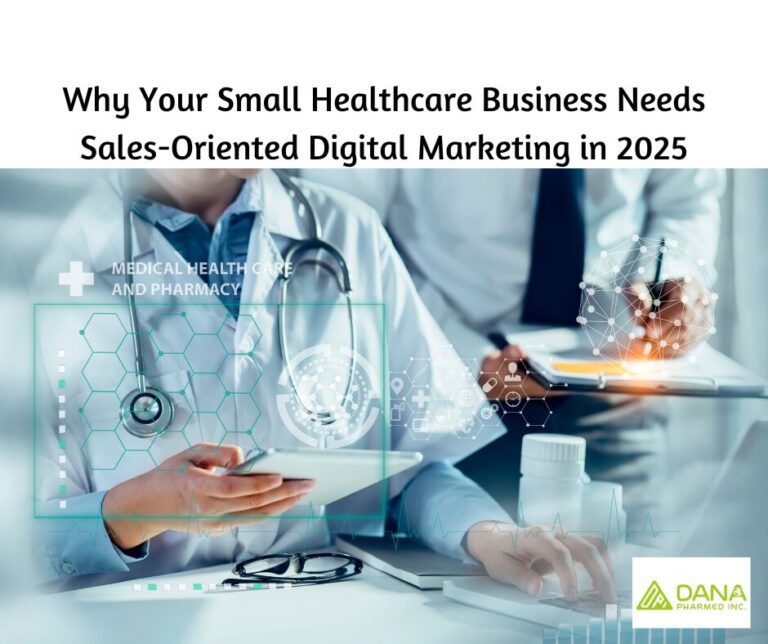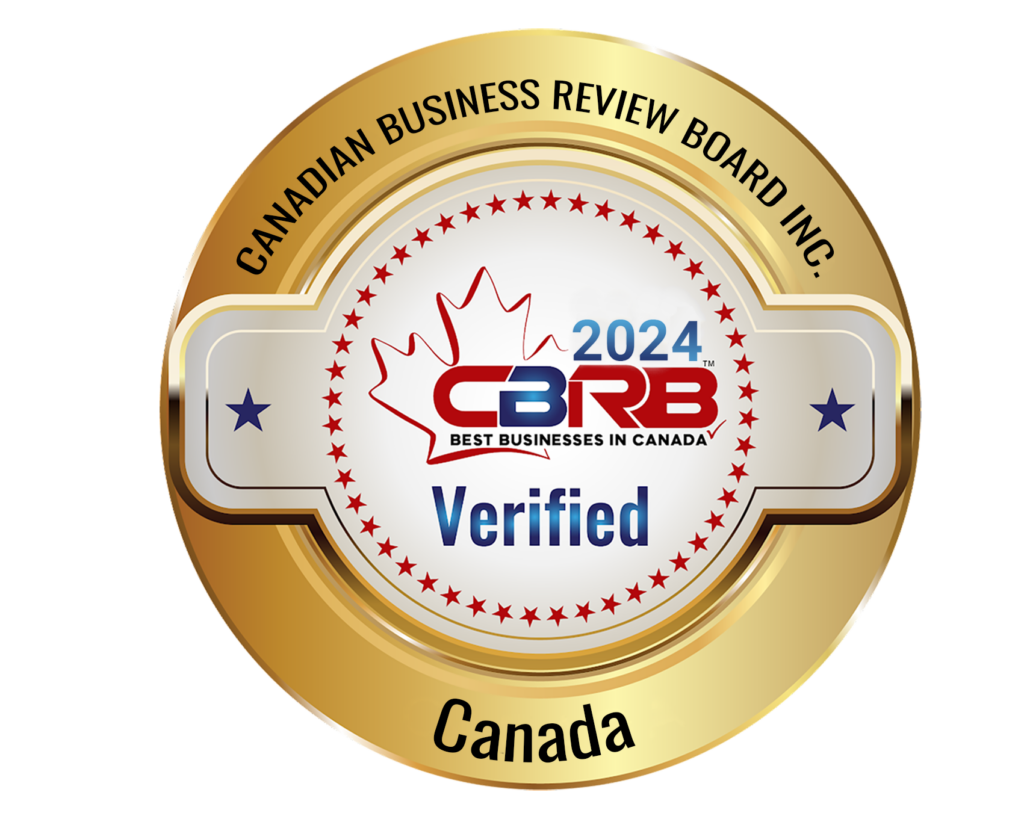Affordable Agile Strategy Consulting
At Dana PharMed, we are serial entrepreneurs and seasoned business professionals who thrive in fast-paced, high-stakes environments. We specialize in helping businesses like yours cut through complexity, outpace competitors, and drive measurable growth. Whether you’re launching a new venture or scaling your operations, we know how to navigate agility, uncertainty, tight timelines, and budget constraints.
Our certified business consultant team brings a proven track record of leading and delivering complex, multidisciplinary projects across North America, Europe, and emerging markets. We don’t just consult — we roll up our sleeves and implement agile strategies that produce results.
With Dana PharMed, you gain more than just advice — you gain a strategic partner committed to accelerating your success and keeping you ahead in a competitive landscape.


Agile Marketing & Business Strategy Consulting — Your VUCA-Ready Partner
At Dana PharMed, we specialize in guiding businesses through the challenges of today’s fast-paced, unpredictable world. As your trusted partner in Agile Marketing and Business Strategy, we empower healthcare innovators and small to mid-sized businesses to thrive in volatile, uncertain, complex, and ambiguous (VUCA) environments.
Our head office is proudly based in Toronto, Ontario — North America’s leading hub for Healthcare Research, Life Sciences, Digital Health, HealthTech, MedTech innovation, and AI-driven solutions. Toronto’s diverse, dynamic ecosystem gives us a unique advantage: access to a wide range of insights, talents, and perspectives that fuel smart, adaptable strategies.
The name Dana PharMed reflects our core philosophy. In Persian, “Dana” means “wise” — and we believe wisdom comes not only from knowledge, but from the ability to act decisively and strategically in real-world conditions.
Partner with us, and gain an agile, experienced team committed to accelerating your growth, improving your processes, and helping you lead in a competitive, ever-evolving market.
AGILE FOR THINKING, DISCOVERING, PLANNING AND DELIVERING
We offer Affordable and Creative Agile Strategy Solutions to our SMEs and SMBs clients in specific sectors
We drive our clients toward lasting growth, recognition, and profitability by pinpointing their key challenges and pain points. Through customized, agile strategy solutions, we equip them to overcome obstacles and achieve their goals with clarity, speed, and confidence.
Life Sciences
MedTech
WellnessTech
HealthTech
Healthcare
Medical
REASON TO CHOOSE DANA PHARMED INC.
More than 20 Years of Solid Strategy Consulting Experience in Canada, USA and Emerging Markets
Extensive and Diversified Interdisciplinary and Multidisciplinary experience in Focused Target Industries (Healthcare, Life Sciences, Medical, Medtech, HealthTech and Digital Health)
Affordable, Actionable and Innovative Agile Marketing and Business Strategy and Management Solutions
Dynamic, Attentive, Analytical and Forward-Thinking Team Who Committed to Successful Completion Through Agility, Business Ethics, Extreme Confidentiality and Ultimate Client Satisfaction
Recent Blogs
OUR TESTIMONIAL
What Clients Say
Read positive experiences of people who consulted your service before, and you will be more confident & courageous to approach our service without hesitation.
Lorem ipsum dolor sit amet, consectetur adipiscing elit. Nullam porttitor tortor turpis, vel semper massa hendrerit eu.
Lorem ipsum dolor sit amet, consectetur adipiscing elit. Nullam porttitor tortor turpis, vel semper massa hendrerit eu.
Lorem ipsum dolor sit amet, consectetur adipiscing elit. Nullam porttitor tortor turpis, vel semper massa hendrerit eu.
Lorem ipsum dolor sit amet, consectetur adipiscing elit. Nullam porttitor tortor turpis, vel semper massa hendrerit eu.

At Dana Pharmed, we specialize in applying AGILE principles across strategy formulation, marketing, and business management to foster operational excellence and sustainable growth. Our expertise spans healthcare, life sciences, wellness, and MedTech industries, both in North America and globally. With a strong focus on data-driven insights and AI-powered action, we optimize business processes, enhance profitability, and support assertive growth. We offer tailored solutions to accelerate sales and revenue growth, ensuring long-term recognition, competitive advantage, and measurable success for your business.
Our comprehensive suite of services includes:
- Data-Driven Business Analytics: Leverage data-driven insights to make informed strategic decisions and drive business growth.
- Digital Transformation: Guide businesses through adopting innovative technologies for improved processes and performance.
- Sales & Revenue Growth: Tailor strategies to optimize sales, expand revenue streams, and maximize profitability.
- Business Process Optimization: Streamline operations to increase productivity and reduce waste.
- Digital Sales Management: Optimize digital channels to drive sales, customer engagement, and revenue.
- AI-Powered Social and Content Strategy: Enhance social media and content marketing through AI tools for better audience engagement and brand visibility.
- AI-Powered Agile Business and Marketing Strategy: Revolutionize your business and marketing strategies with AI integration and applying agile framework ensuring quicker adaptations, smarter targeting, and sustained growth.









